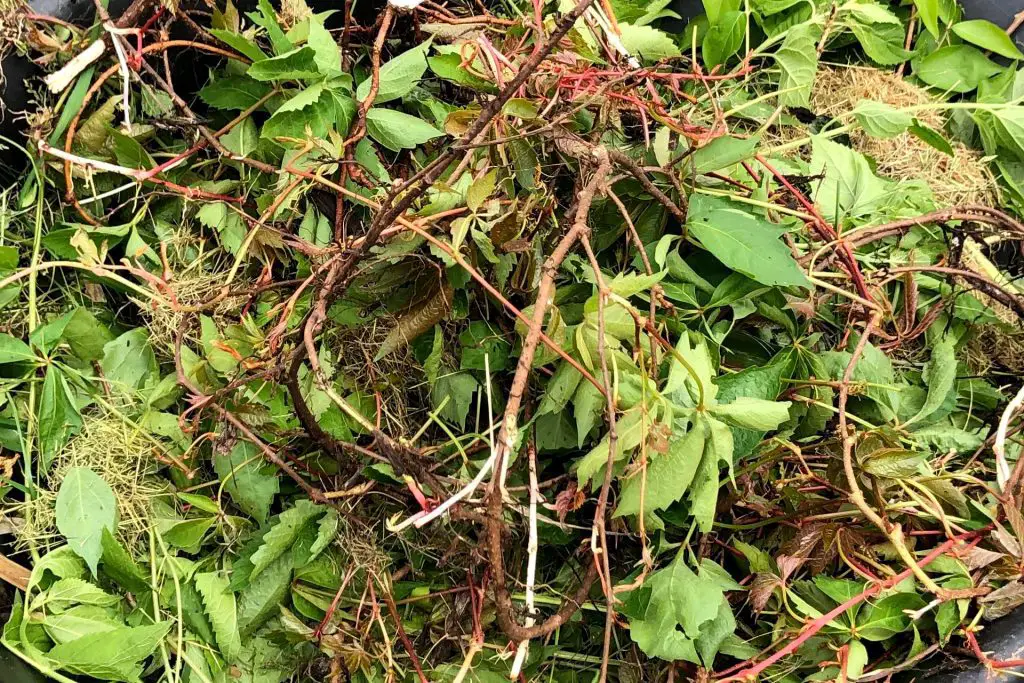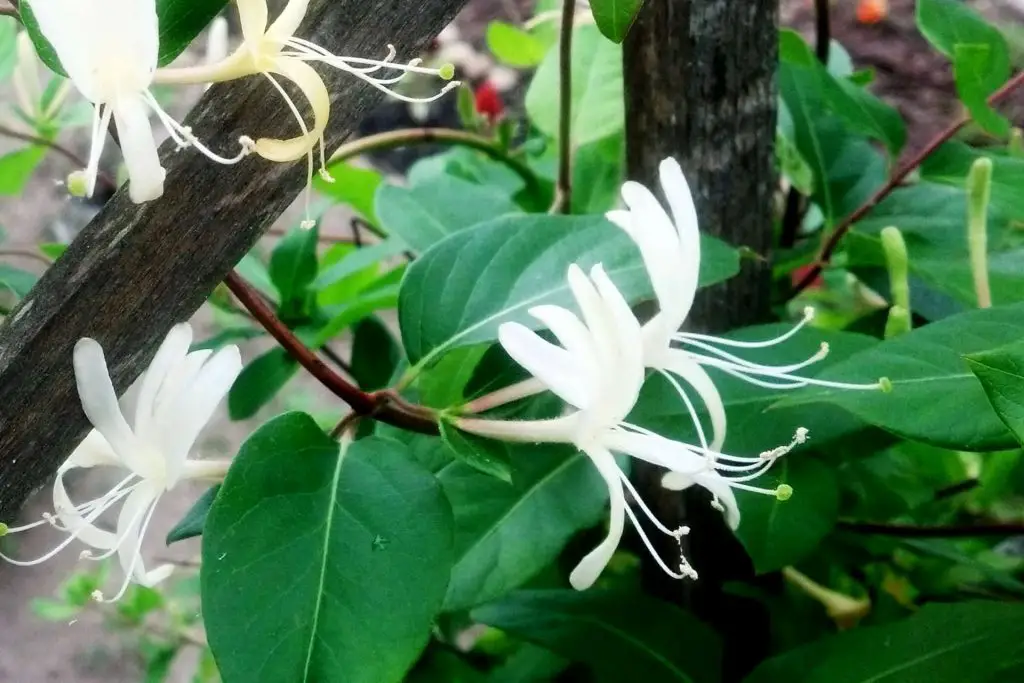Is Winter the Perfect Time to Prune Your Climbing Plants?
Climbing plants can add visual interest and beauty to walls, fences, and other garden structures, creating striking vistas in your outdoor space. Without proper maintenance, these plants can quickly become overgrown and unruly, potentially causing damage to the structures they are growing on or obscuring views. Is winter the right time to do this? The timing of your pruning will depend on several factors, but the answer is yes for varieties that bloom on old wood.
To keep your climbing plants looking at their best and under control, there are better methods than others to manage your plants. Below we look at the most effective ways to prune your climbing plants and how to manage them. We will cover removing dead or damaged growth, controlling development direction, and looking at benefits, tools, and safety issues.
Why Winter is a Good Time to Prune for Some Climbers

For a number of species of climbers, winter is an excellent time to prune and tidy climbering plants, whilst, for others, it is late spring. It is important to know when which types should be pruned. But there are several reasons it should be on your list of gardening tasks to do, whether you need to do it in the new year or later.
Reinvigorate the plant:
Pruning can help remove any dead or damaged growth from the plant, which can help stimulate new growth and encourage the plant to put its energy into producing healthy new shoots. Winter is an excellent time to tackle this task as the plant may be dormant or stimulate little new growth. Pruning can help give the plant a boost and help it start the growing season off on the right foot.
Protect the plant from wind damage:
Winter winds can be especially damaging to climbing plants, as they can cause the plants to sway and rub against hard surfaces, leading to broken stems or torn foliage. Pruning the plant to reduce its surface area can help reduce its exposure to the wind and make it more resistant to damage.
Keep the plant under control:
If the plant has become overgrown or unruly, pruning can help keep it in check and maintain its desired size and shape. It is especially important to keep a plant under control if it is growing near structures or in an area where it needs to be kept within certain boundaries.
Improve the plant’s overall health:
Pruning can help improve the plant’s overall health and vitality by removing any diseased or damaged growth. It can also help prevent the spread of diseases or pests, as these can often be found on unhealthy or damaged plant tissue.
Quick Tips for Pruning or Tidying Climbers
| Tip | Description |
|---|---|
| Remove any dead or damaged growth | Start by removing any dead or damaged growth from the plant. This will help keep the plant healthy and encourage new growth. |
| Cut back excess growth | If the plant has grown too long or is getting out of control, consider cutting back excess growth. This will help keep the plant neat and tidy and make it easier to manage. |
| Train the plant in the desired direction | Use pruning techniques to train the plant in the desired direction. This will help the plant grow in a more controlled and attractive way. |
| Protect the plant from wind damage | If your climber is exposed, consider pruning it to reduce its surface area and make it more resistant to wind damage. |
| Use the right tools | Ensure you have the right tools, such as a good pair of pruning shears or loppers. Following these tips can help keep your climbers healthy and looking their best, even in the year’s colder months. |
Climbing Plant Pruning

We have outlined the basic requirement for pruning climbing plants above. However, many other considerations need to be made, such as species and some drawbacks that you should also consider before tackling the task.
Risks and drawbacks of Pruning Climbers:
While pruning or tidying climbers can have numerous benefits, there are potential risks and drawbacks. If done correctly, pruning can help the plant by removing too much foliage or cutting into healthy growth, but the reverse is true if poorly done. When cutting back, it is essential to consider the plant’s natural growth patterns and avoid pruning in a way that goes against them. A good example is that some climbers naturally grow in a more sprawling or rambling fashion, and pruning them too severely can disrupt their natural shape or form.
Frequency of pruning:
The frequency of pruning or tidying will depend on your climber’s specific needs and the desired maintenance level. Most climbers generally benefit from annual pruning in the late winter or early spring before new growth begins. Doing so allows you to remove any dead or damaged growth and shape the plant as needed. However, some climbers may require more frequent pruning if they proliferate or become unruly. As a general rule, aim to prune just enough to maintain the plant’s desired shape and size without removing too much foliage or disrupting its natural growth patterns.
Specific Types of Climbers:
This article’s pruning or tidying guidelines apply to various climbing plants, including vines, climbers, and creepers. However, different types/species of climbers may have specific pruning requirements or considerations.

Blooming on New Wood
A good example is that some climbers bloom on new wood, producing flowers on new growth that occurs after the plant has been pruned. Some examples of climbing plants that bloom on new wood include:
- Clematis: This popular climbing plant produces various colorful flowers, including purple, pink, red, and white, depending on the specific variety. Clematis should be pruned in late winter or early spring, just before new growth begins.
- Honeysuckle (most varieties): Honeysuckle is a climbing plant that produces fragrant, trumpet-shaped flowers in shades of white, pink, red, and yellow. The best time to prune it is in late winter or early spring before new growth begins.
- Jasmine: Jasmine is a climbing plant known for its fragrant, star-shaped flowers, which can be white, yellow, or pink, depending on the specific variety. It should be pruned in late winter or early spring, before new growth begins.
- Wisteria (most varieties): Wisteria is a climbing plant with long, cascading clusters of fragrant, pea-like flowers that can be purple, pink, or white. The ideal time to prune Wisteria is in late winter or early spring before new growth begins.
- Trumpet vine: The trumpet vine is a climbing plant with large, trumpet-shaped flowers that can be orange, red, or yellow, depending on the specific variety. It should be pruned in late winter or early spring before new growth begins.
Blooming on Old Wood
Many species of climbing plants bloom on old wood, meaning that they produce flowers on growth that occurred the previous season or earlier. These plants should be pruned after they have finished flowering, as pruning them earlier may remove potential flower buds. Some examples of climbing plants that bloom on old wood include:
- Old-fashioned roses: Many species of climbing roses, including those in the “Old Garden Roses” group, bloom on old wood. These roses should be pruned after flowering, usually in the late spring or early summer.
- Wisteria (a few varieties): While most wisteria varieties bloom on new wood, some varieties, such as Wisteria sinensis and Wisteria floribunda, bloom on old wood. These varieties should be pruned after they have finished flowering, usually in the late spring or early summer.
- Honeysuckle (a few varieties):
- Some honeysuckle varieties, such as Lonicera periclymenum, bloom on old wood. You should prune these varieties after they have finished flowering, usually in the late spring or early summer.
- Virginia creeper: Virginia creeper is a climbing plant with small, greenish-white flowers that bloom in the summer and are followed by dark blue berries. Prune Virginia creepers at the end of the flowering season, usually in the late summer or early fall.
- Climbing hydrangea: Climbing hydrangea is a climbing plant with large, showy clusters of white flowers that bloom in the summer. Again, these climbers must be pruned after flowering, usually in the late summer or early fall.
It’s important to note that the pruning requirements for climbing plants can vary depending on the specific species and variety. If you need clarification on the pruning needs of a particular plant, consider consulting a local nursery or gardening expert.
Additional benefits of pruning:
Further benefits to reinvigorating the plant include protecting it from wind damage and keeping it under control. Pruning or tidying climbers can improve the plant’s overall health by removing any diseased or damaged growth and promoting the development of healthy new shoots. It can also enhance the plant’s appearance by shaping it into a more attractive form and removing any unsightly or overgrown stems. Finally, pruning can help increase the plant’s productivity by encouraging the growth of flowers or fruit. Regular pruning or tidying can help keep climbers healthy, vigorous, and looking their best.
